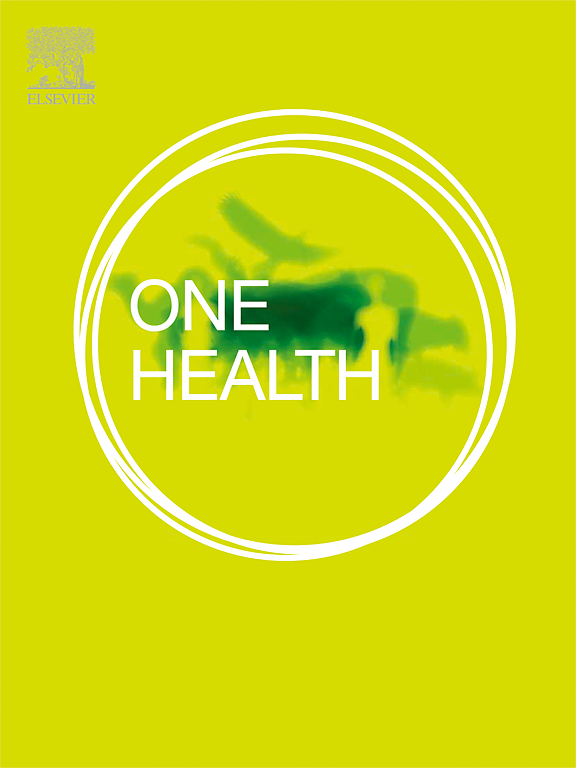Microbiome-based surveillance of zoonotic tick-borne pathogens from urban wild boars in Barcelona, 2022–2023
IF 4.1
2区 医学
Q1 INFECTIOUS DISEASES
引用次数: 0
Abstract
Incursions of wild animals into urban areas amplify the potential risks of zoonotic disease transmission by increasing contact between humans and animal reservoirs. Monitoring the presence of pathogens in these animals is crucial for assessing zoonotic risks but remains challenging due to the vast array of known and unknown pathogens harboured by animals. Microbiome-based approaches provide an efficient and comprehensive alternative for monitoring microbial communities and scanning the whole spectrum of bacterial pathogens. In this study, we applied this innovative conceptual framework to implement a sentinel monitoring system for investigating zoonotic tick-borne bacteria in three tick species sampled from wild boars in the Metropolitan Area of Barcelona (MAB). Using Nanopore sequencing of the full length 16 s rRNA gene, we demonstrated a fast and cost-effective approach for microbiome analysis. Our findings revealed the presence of two pathogenic genera widely documented in ticks, encompassing five species: Rickettsia massiliae and R. slovaca, both previously detected in the area, and for the first time, Francisella tularensis —the causative agent of tularemia— as well as F. hispaniensis and Diplorickettsia massiliensis, potentially emerging patogens. Finally, our results showed distinct bacterial compositions across the tick species examined. This study highlights the sensitivity and comprehensiveness of microbiome-based surveillance of tick-borne pathogens, enabling the early detection of emerging and low-abundance bacterial species that might otherwise go unnoticed with less sensitive techniques. Such proactive detection efforts are crucial for facilitating early identification and implementing prevention strategies to mitigate zoonotic risks.
求助全文
约1分钟内获得全文
求助全文
来源期刊

One Health
Medicine-Infectious Diseases
CiteScore
8.10
自引率
4.00%
发文量
95
审稿时长
18 weeks
期刊介绍:
One Health - a Gold Open Access journal.
The mission of One Health is to provide a platform for rapid communication of high quality scientific knowledge on inter- and intra-species pathogen transmission, bringing together leading experts in virology, bacteriology, parasitology, mycology, vectors and vector-borne diseases, tropical health, veterinary sciences, pathology, immunology, food safety, mathematical modelling, epidemiology, public health research and emergency preparedness. As a Gold Open Access journal, a fee is payable on acceptance of the paper. Please see the Guide for Authors for more information.
Submissions to the following categories are welcome:
Virology,
Bacteriology,
Parasitology,
Mycology,
Vectors and vector-borne diseases,
Co-infections and co-morbidities,
Disease spatial surveillance,
Modelling,
Tropical Health,
Discovery,
Ecosystem Health,
Public Health.
 求助内容:
求助内容: 应助结果提醒方式:
应助结果提醒方式:


